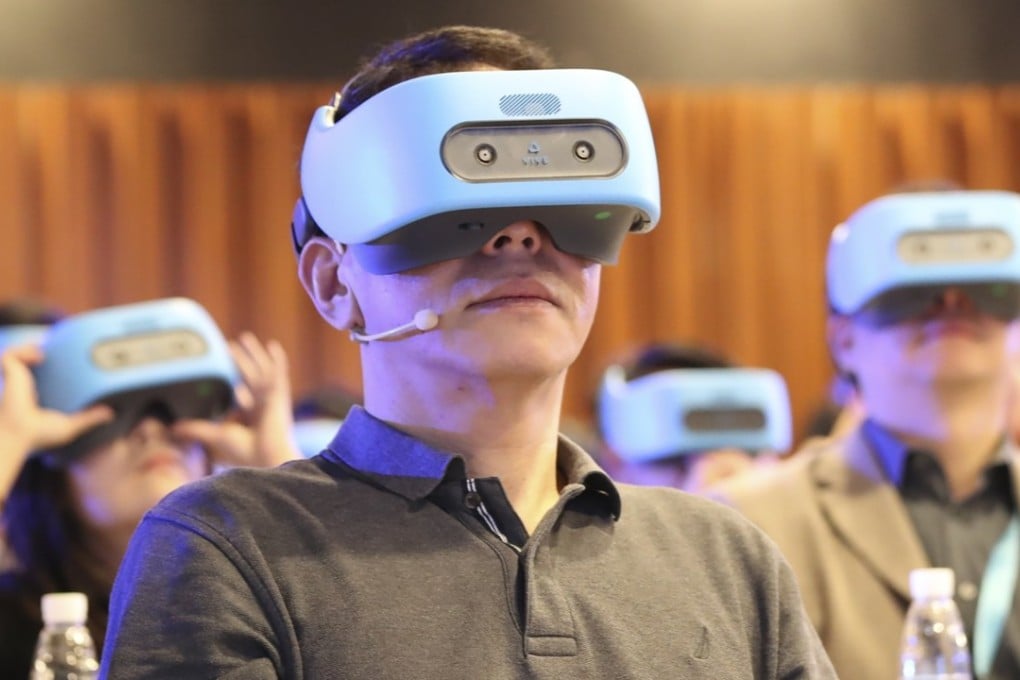Are VR headsets only for young male nerds? HTC doesn't think so
HTC Vive turns to new uses for its headsets as it seeks to expand user base

From weight loss to practising your golf swing to helping students improve their memory – there is more to virtual reality technology than headsets used in gaming, according to HTC Vive.
The leading Chinese virtual reality brand, which announced the launch of its first offline flagship store in Shenzhen in the second quarter this year, believes these other, less explored uses could help expand the technology’s user base.
“Maybe virtual reality, in the future, will use completely different designs, or be just like the glasses we are wearing. But it will definitely be used just as commonly as the smartphones we see today,” said Alvin Graylin, president of HTC’s Vive virtual reality system in China.
Graylin pointed out that research suggested people wearing virtual reality headsets were inclined to work out more often and achieve better weight loss results.
The company cited another study, this time conducted by the Beijing Normal University, which shows that the deployment of virtual reality headsets could noticeably improve students’ memory, with three parameters – recalling quantity, recalling sequence and judgment sequence – showing sharp increases compared with traditional methods.
Most users of virtual reality technology are by far young and male. An HTC survey conducted in July last year found that 70 per cent of users in China were male, while users 36 years old and above accounted for only 12 per cent.